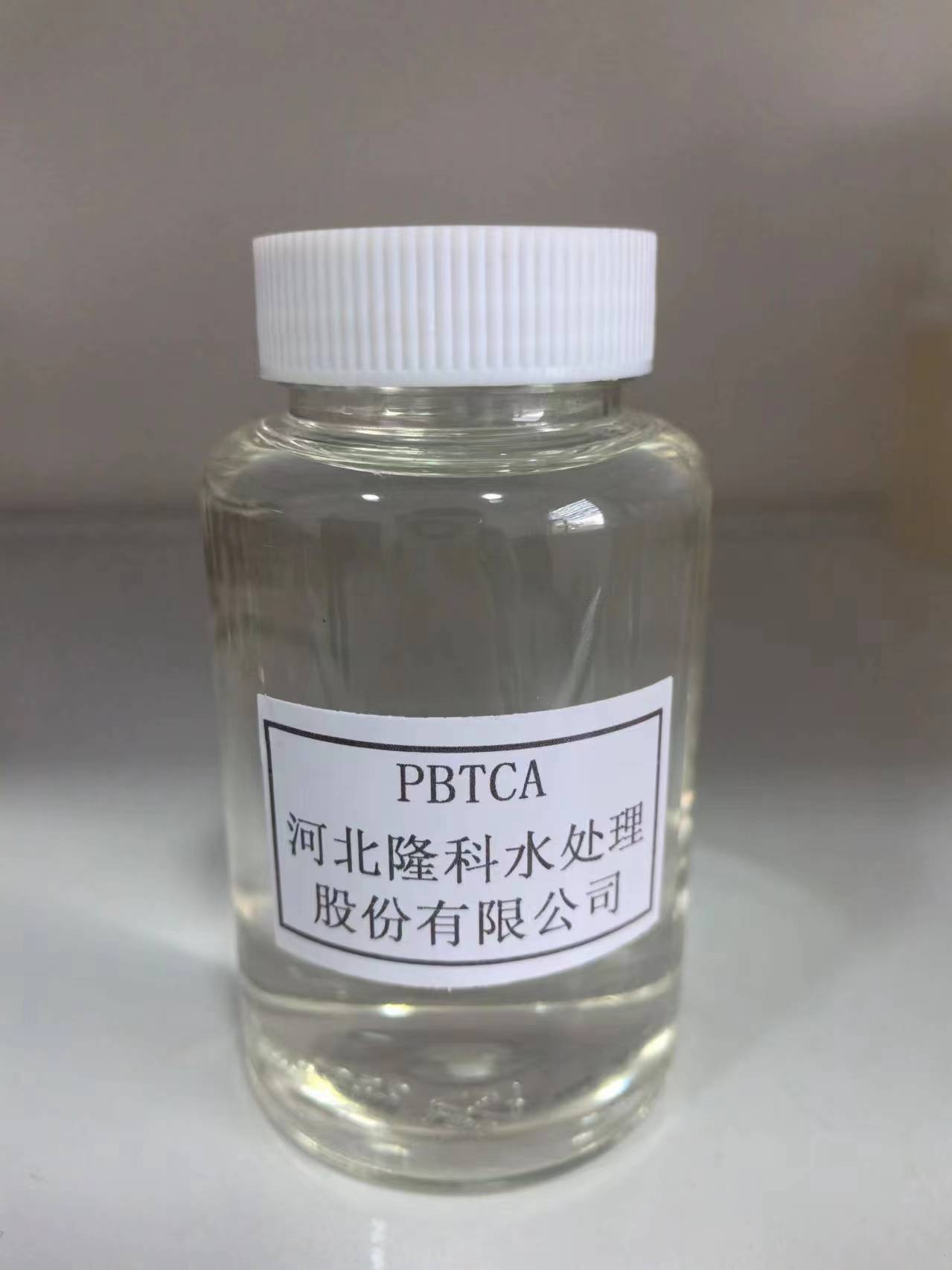Anionic PAM Applications and Benefits in Agriculture and Industry Use Cases
Understanding Anionic Polyacrylamide (PAM) and Its Applications
Anionic polyacrylamide (PAM) is a water-soluble polymer that has gained significant attention in various industries due to its unique properties and versatility. PAM is a synthetic polymer derived from acrylamide monomers, and when it carries a negative charge, it is categorized as anionic. This characteristic not only influences its interaction with other substances but also extends its utility across multiple fields, including agriculture, wastewater treatment, and oil recovery.
Understanding Anionic Polyacrylamide (PAM) and Its Applications
In the realm of wastewater treatment, anionic PAM plays a critical role in coagulation and flocculation processes. When introduced into wastewater systems, it interacts with suspended particles, causing them to clump together and form larger aggregates or flocs. This aggregation facilitates the removal of impurities from water, making the treatment process more efficient. Due to its effectiveness in reducing turbidity and improving the overall quality of treated water, anionic PAM is widely employed in municipal and industrial wastewater treatment facilities. Its versatility allows it to adapt to different wastewater compositions, making it an attractive solution for various treatment scenarios.
anionic pam

Moreover, anionic PAM has made its mark in the oil and gas industry. It is commonly utilized in enhanced oil recovery (EOR) techniques, where its properties are leveraged to improve the extraction of crude oil from reservoirs. By injecting anionic PAM solutions into oil wells, operators can manipulate the viscosity of the fluids within the reservoir. This modification helps mobilize trapped oil, allowing it to flow more freely toward production wells. The application of anionic PAM in EOR not only maximizes resource extraction but also minimizes environmental impact by reducing the need for more invasive extraction methods.
Despite its numerous advantages, the use of anionic PAM is not without concerns. The potential toxicity of acrylamide, a known neurotoxin, has raised questions about the safety of PAM products. While commercially available PAM is typically designed to be non-toxic and safe for use in various applications, it is crucial for users to adhere to recommended guidelines and regulations. Responsible usage includes proper handling, storage, and disposal procedures to mitigate any risks associated with acrylamide exposure.
Furthermore, as sustainability becomes a paramount consideration in modern practices, researchers are exploring the development of biodegradable alternatives to traditional PAM. Innovations in polymer chemistry may lead to the emergence of anionic PAM derivatives that break down more readily in the environment, reinforcing the importance of eco-friendly solutions in industrial applications.
In conclusion, anionic polyacrylamide is a multifunctional polymer with broad applications in agriculture, wastewater treatment, and oil recovery. Its capacity to enhance water retention, aid in wastewater clarification, and improve oil extraction demonstrates its valuable role in various sectors. However, considerations for safety and environmental impact remain essential. As technology advances, continued research and development may pave the way for safer and more sustainable alternatives, ensuring that the benefits of anionic PAM can be enjoyed without compromising health or the planet. The future of anionic PAM appears bright, as it stands at the intersection of innovation and sustainability, promising to contribute positively to the challenges faced by industries around the world.
-
Premium Isothiazolinones | Broad-Spectrum Biocidal SolutionsNewsAug.28,2025
-
LK-319 Special Scale And Corrosion Inhibitor For Steel Plants: Advanced Solutions for Industrial Water SystemsNewsAug.22,2025
-
Flocculant Water Treatment: Essential Chemical Solutions for Purification ProcessesNewsAug.22,2025
-
Isothiazolinones: Versatile Microbial Control Agents for Industrial and Consumer ApplicationsNewsAug.22,2025
-
Scale Inhibitor: Key Solutions for Water System Scale PreventionNewsAug.22,2025
-
Organophosphonates: Versatile Scale Inhibitors for Industrial Water SystemsNewsAug.22,2025





